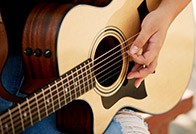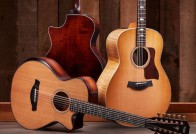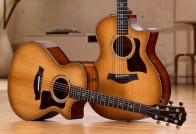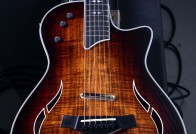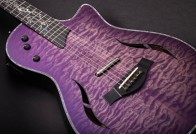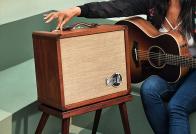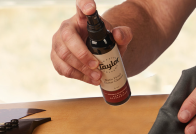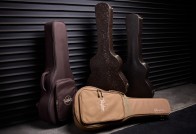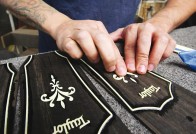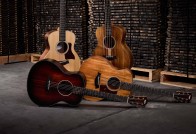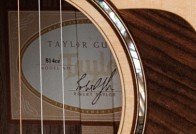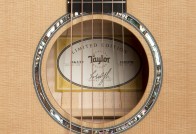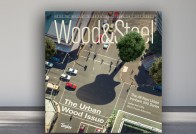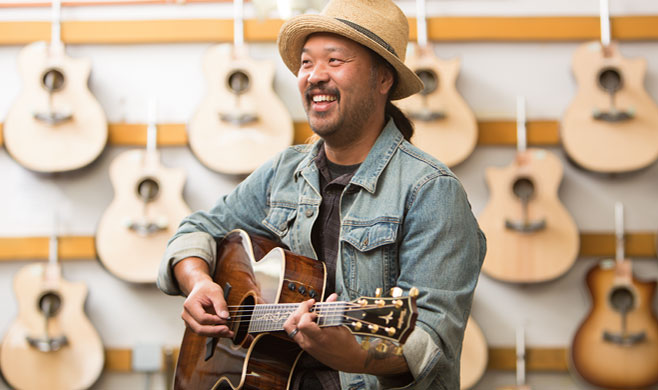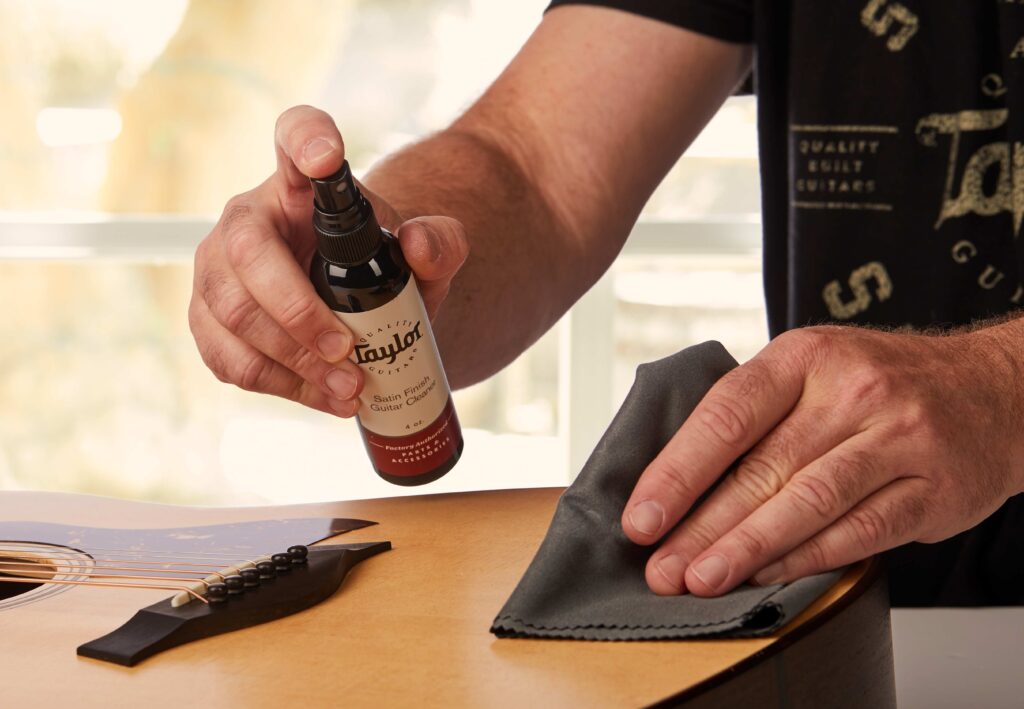Talking about acoustic guitar tone can leave you feeling a bit foggy if you’re not familiar with the acoustic guitar terms most commonly used to describe it. That’s why we’ve compiled this quick, handy guide for some of the top terms frequently used to discuss tone. Never again will you find yourself mystified when your friend or the sales person tells you the guitar is “warm and buttery with a zesty top end” once you know your tone terms.
Like lovers of food, wine, craft beer, spirits, coffee and other flavor-rich consumables, guitar players wield colorful descriptors to identify tonal qualities. The good news: Guitar talk actually translates into definable attributes. The bad news: Our ears, like our taste buds or senses of smell, are wired in a multitude of different ways, so we don’t always hear tone in the same way. In the end, using words to describe sounds is, at best, an approximation, since sounds don’t always neatly translate into words. Or the terms used end up being more mystifying than clarifying (e.g. “chewy” tone). Don’t get hung up on the lingo. But understanding some basic terms will serve you well.
Related: How to Find the Best Acoustic Guitar For You!
Below is an earful of commonly used expressions. A few are technical, while others are more descriptive. Even if you’re not a great player, with these in your guitar vocabulary you’ll be able to talk tone with the best of them.
Balance: Even volume and frequency distribution from the low notes to the high notes. A balanced sound will allow everything to be heard with nothing overpowering anything else.
Bright: Treble emphasized, or with a lower degree of bass.
Buttery: Warm, rich notes that smoothly melt away rather than decaying quickly. More commonly used regarding chords.
Ceiling: A defined boundary, often used in reference to volume. A guitar or wood’s ceiling is the point at which it stops delivering volume or tone.
Crisp: More treble emphasis, without lingering overtones.
Dark: Bass tones emphasized or tone with a lower degree of treble.
Decay: The way a sustained, ringing note diminishes over time.
Dry: A tone with a strong fundamental and little to no overtones, with under-pronounced or very subtle frequency peaks. Mahogany’s focused midrange is often described as dry.
Fundamental: The true frequency, or pitch, of a note. A low E, for example vibrates at a frequency of 82.407 hertz (Hz). (1 Hz = 1 vibration per second.)
Growl: A certain rasp or overdriven sound that a bigger-bodied guitar puts off, often as the result of aggressive playing. The “alpha dog,” if you will.
Meaty: Lots of midrange, with a full low end. Also referred to as fat, full or thick.
Midrange: On car stereo or home audio systems, the frequency response often ranges between 20 Hz to 20 kilohertz (kHz). Midrange covers from 110 Hz, which is a low A string, up as high as 3 kHz. High frequency (treble) tones tend to reside beyond that. If one considers where an acoustic guitar’s pitch range falls, predominantly all the notes on the fretboard occupy the midrange of the frequency spectrum that can be heard. It’s where the human voice is; it’s the middle part of a piano.
Overtones: Multiples of a fundamental frequency also referred to as harmonics, which occur as a string vibrates, creates wave patterns, and the harmonics stack up. The term “bloom” is used to describe the sonic effect of the overtones as they stack up over the decay of the note. Although overtones tend to be more subtle than the fundamental, they add richness and complexity to a sound.
Piano-like: A bell-like, high-fidelity quality to all the notes. This tends to be heard most easily on the lower part of the register. Rosewood family woods typically are strong in this distinct and articulate clarity.
Presence: Generally, the treble frequencies that provide articulation and definition. If you put your hand over your mouth and talk, your voice has less presence. One can still hear and understand the words, but they will have less presence because they lack the articulation of a clearly defined high frequency.
Related: 8 Tips for Trying Out and Choosing an Acoustic Guitar
Scooped: Attenuated, or slightly diminished. Picture the visual connotation, like on a graphic equalizer. If you scoop the midrange, you dip those middle sliders down a bit, which would look like a smiley-face curve. The result would be a level low end and high end, but a little less of the midrange.
Sparkle: In a general sense, the opposite of warm; some excited high frequencies. Koa or maple tends to have a high-end sparkle. Sam ideal as “zing.” Sparkling treble frequencies might also be described as “zesty.” If they appear to linger, you might say they “shimmer.”
Throaty: An extremely beefy midrange. The origin might be based partly on the fact that the human voice tends to occupy midrange frequencies.
Warm: Softer high frequencies, like if you took a little of the very top off the treble. A rosewood Grand Auditorium has a warm treble sound; the treble is there but it’s not overly bright.
Woody: A seasoned, well broken-in dry tone. A vintage mahogany guitar will have an especially woody sound.
Now that you’re a pro, check out and compare Taylor guitar model specs with a side-by-side view here.




